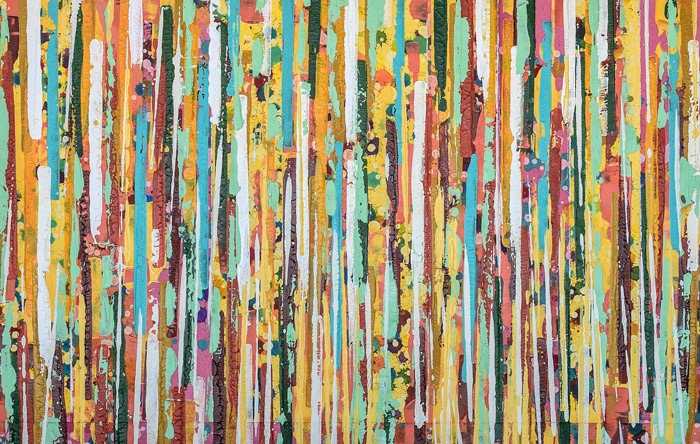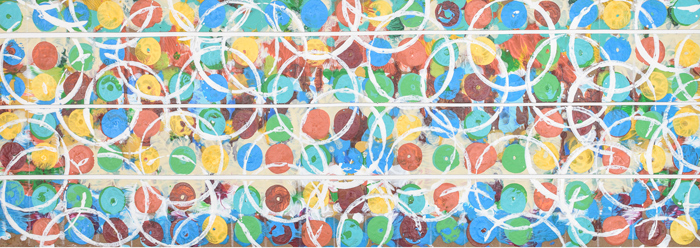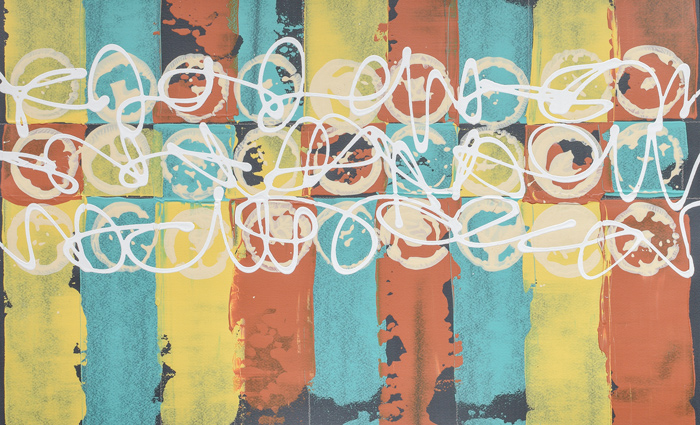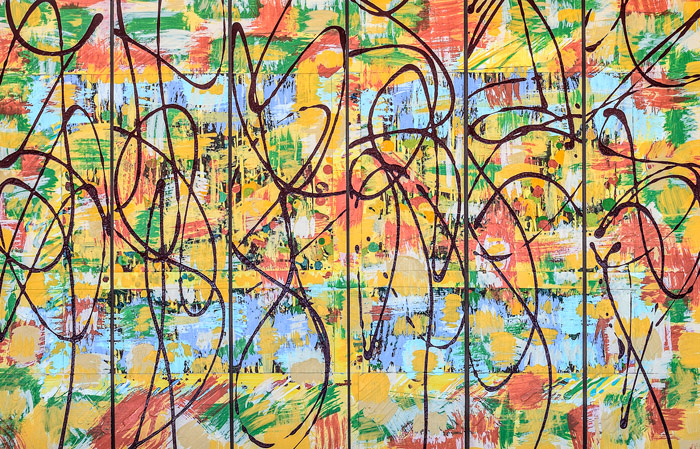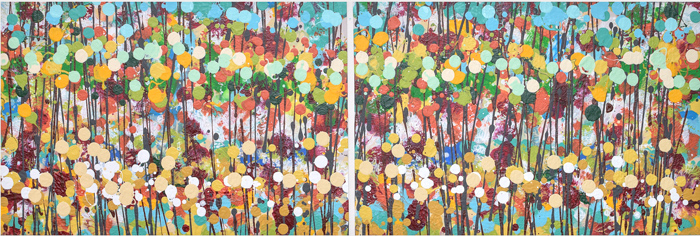Matt Larson
|
Matt Larson STATEMENT From the earliest times, we have tried to systematize our observations of the natural world even though we often experience the world as chaotic. For millennia, our very existence depended on interpreting the landscape and living within the rhythms we discovered. This study of the natural world led to the study of relationships, which eventually led to the notion of pattern. In nature, patterns are regularities of form that recur in different contexts and at different scales across the landscape, including symmetries, spirals, meanders, ripples, tessellations, cracks, and bands. These patterns are generated by processes that occur at many different levels, from ageless ecosystem processes (water and nutrient cycles, energy flow, and community dynamics, for example) to the relatively new disruptions that arise from human activity (community fragmentation, loss of habitat, and degradation of connectivity, among others). As time passes and these processes transpire–sometimes slowly, sometimes cataclysmically–the transformations that ensue are recorded as complex, unpredictable patterns. This framework–the shifting mosaic of ecological patterns that contextualizes our passage through time and place–inspires my work. I strive to balance randomness and accident with order and reason in a manner that emulates natural processes, altering and obscuring what came before, leaving glimpses of initial conditions visible through the overlaid patterns and juxtapositions of subsequent events, and thereby facilitating the emergence of abstractions of the natural world that embody the connections between ourselves and the landscape. BIO Matt Larson began his art study many decades ago, pursuing painting and printmaking at Rhode Island School of Design and California College of Arts and Crafts. A long sabbatical from these pursuits followed, during which he attended culinary school in Paris and spent several decades as a working chef, helping to bring the local food movement to life. In 2004, he completed a self-designed Environmental Studies program at Vermont College. Photography as a scientific tool played a prominent role in his studies. In recent years, Matt began to employ the camera in a more expressive manner and gradually returned to the processes he left behind decades ago. Considering his return to the visual arts by way of the mysteries and phenomena of science, it is not surprising that the natural world underlies what he finds most meaningful. ARTIST CONTACT IMAGES
|

